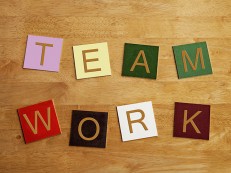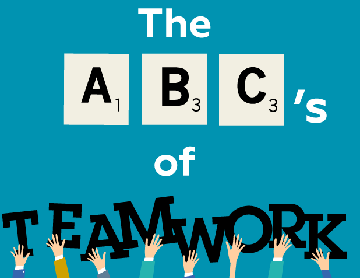The special Leadership Employment and Direction (L.E.A.D.) Survey in 2020 produced some surprising findings regarding actual and anticipated workplace changes during and post-COVID.
REASSURANCE ABOUT THE FUTURE
Firstly, the most pressing concern about the unusual and disruptive circumstances of this period relates to reassurance about the future of the organisation and individuals – both immediately and in the longer term. Sadly, there appears to be a significant disconnect between what leaders say they’re doing to reassure their people and what employees and managers are hearing in this regard.
Clear gaps emerge between the extent to which Employees and Managers are being reassured about the future of the organisation (13-18% point gap) and their personal future (23% point gap) by their Leaders.
Leaders must understand that in the absence of information to the contrary, people will often think and fear the worst about any changes, amplifying the critical importance of consistently providing reassurance wherever possible – even when there is a lack of certainty about what the future holds.
CHANGE LEADERSHIP
Change leadership has been squarely in the spotlight as Leaders and Managers implement changes to address COVID-19 and its impact on the organisation. The main changes were immediate and profound:
| Operational changes Reduced costs (41%)Reviewed budget (40%)Reduced production or down-scaled capacity (22%)Stopped offering some services (22%)None of these things (25%) | Staffing and people changes Asked staff to work from home (79%)Provided additional support/counselling (35%)Reviewed staffing levels (25%)Asked staff to working shorter hours/fewer days/shifts/part time (23%)Not replaced staff that have left (22%)None of these things (7%) |
CHANGES TO WORK HABITS
New work patterns have also emerged and highlight a very different “normal” for many organisations – and provide a window on what work might look like in a post-COVID-19 world:
| Personal working locations | Normal work location % | Current work location % | Net Change % |
| Entirely at a workplace (not home) | 72 | 39 | -33% |
| Work partially at workplace/partially remotely/from home | 24 | 18 | -6% |
| Entirely remotely/from home | 4 | 43 | +39% |
Q. Under normal circumstances, which of the following best describes where you undertake most of your work?
Q. Which of the following best describes where you are currently undertaking most of your work?
A net shift of 39% points to working entirely remotely/from home highlights the impact of government communication and directives to help “flatten the curve” of COVID-19.
However few could have anticipated the sustained nature of these changed arrangements and the expected “new normal” of working one or more days from home permanently in future for so many Employees, Managers and Leaders.
Clearly, the responses to COVID have demonstrated that different work models can deliver equivalent and even enhanced outcomes – and that change is being widely embraced rather than resisted.
WHAT DOES THIS MEAN FOR LEADERS AND MANAGERS?
Leaders and Managers must lead the change process and support their people to not just cope with change, but to embrace and thrive on it. There is a clear willingness among many, to both consider and modify traditional work models and patterns to enhance productivity in working from home.
The new normal presents significant opportunities for Leaders to review, revise, refine and re-energise their people, processes and potential in a post-COVID world.
Reassurance is needed – about the future and the extent to which the organisation and its leadership is considering, planning for and leveraging post-COVID opportunities. Letting everyone know what the future holds, where they fit in that future and how positive expectancy will deliver opportunity through adversity is the clear call to action for Leaders and Managers.



